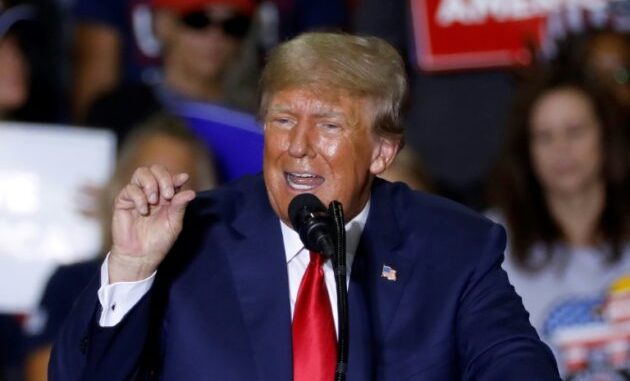
The world is navigating an era of uncertainty, marked by economic volatility, climate change, and rising geopolitical tensions. Strategic partnerships are crucial to fostering globalization and ensuring stability, yet ongoing conflicts—such as the fragile ceasefire between Israel and Gaza and the unresolved standoff between Russia and Ukraine—underscore just how far the world is from equilibrium. Further tensions could push the global order toward even greater instability.
Recent remarks by U.S. President Donald Trump about reclaiming control of the Panama Canal have reignited geopolitical concerns, with potential repercussions for international stability. His assertion—”We didn’t give it to China, we gave it to Panama. And we’re taking it back”—signals Washington’s unease over China’s expanding influence in global trade. The Panama Canal, a critical artery for international shipping, has long been central to U.S. strategic interests, and Trump’s rhetoric reflects growing fears that China’s economic presence in Latin America is challenging American global supremacy.
Such a move, if pursued, would likely face strong resistance from Panama and other global powers wary of U.S. attempts to reassert dominance over a historically contested waterway. Throughout history, control over key maritime routes has been a major factor in global conflicts—from ancient trade wars to modern-day power struggles. The ability to secure strategic chokepoints has often determined the rise and fall of empires.
The Panama Canal is just one piece of a much larger geopolitical puzzle. As global trade routes shift, new maritime frontiers are emerging. One such development is the Northern Sea Route (NSR) along Russia’s Arctic coastline. Melting ice caps, driven by climate change, are opening this passage as an alternative to the Suez and Panama Canals, potentially reshaping global trade patterns. For Western powers, the prospect of a trade route that bypasses their traditional areas of influence presents an uncomfortable reality.
China’s growing presence in other key maritime corridors is also raising alarms. The Turkish Straits, which connect the Mediterranean to the Black Sea, are of increasing strategic interest, while the Malacca Strait, one of the world’s most critical chokepoints, continues to be a potential flashpoint in the evolving Indo-Pacific rivalry.
Beyond these waterways, Trump’s geopolitical ambitions extend to Greenland, which he has identified as vital to U.S. national security. The Arctic, historically a region of international cooperation, is becoming a zone of heightened competition due to climate change, resource scarcity, and increased militarization—particularly by Russia. Greenland’s location along emerging Arctic shipping routes, including the Northwest Passage and the Transpolar Sea Route, enhances its importance in the future of global maritime strategy.
While Arctic routes remain commercially unviable for now due to unpredictable ice conditions, their long-term potential cannot be ignored. As traditional choke points like the Suez and Panama Canals face new challenges, Greenland’s role in shaping Arctic trade routes could become increasingly significant.
Ultimately, the battle for control over key maritime chokepoints is not just about securing trade routes—it is about asserting global power. With Trump’s renewed focus on the Panama Canal, Greenland, and other strategic waterways, the world may be entering a new phase in the struggle for maritime dominance, one that could define the geopolitical landscape for decades to come.
The writer is a journalist and communication consultant.

Leave a Reply